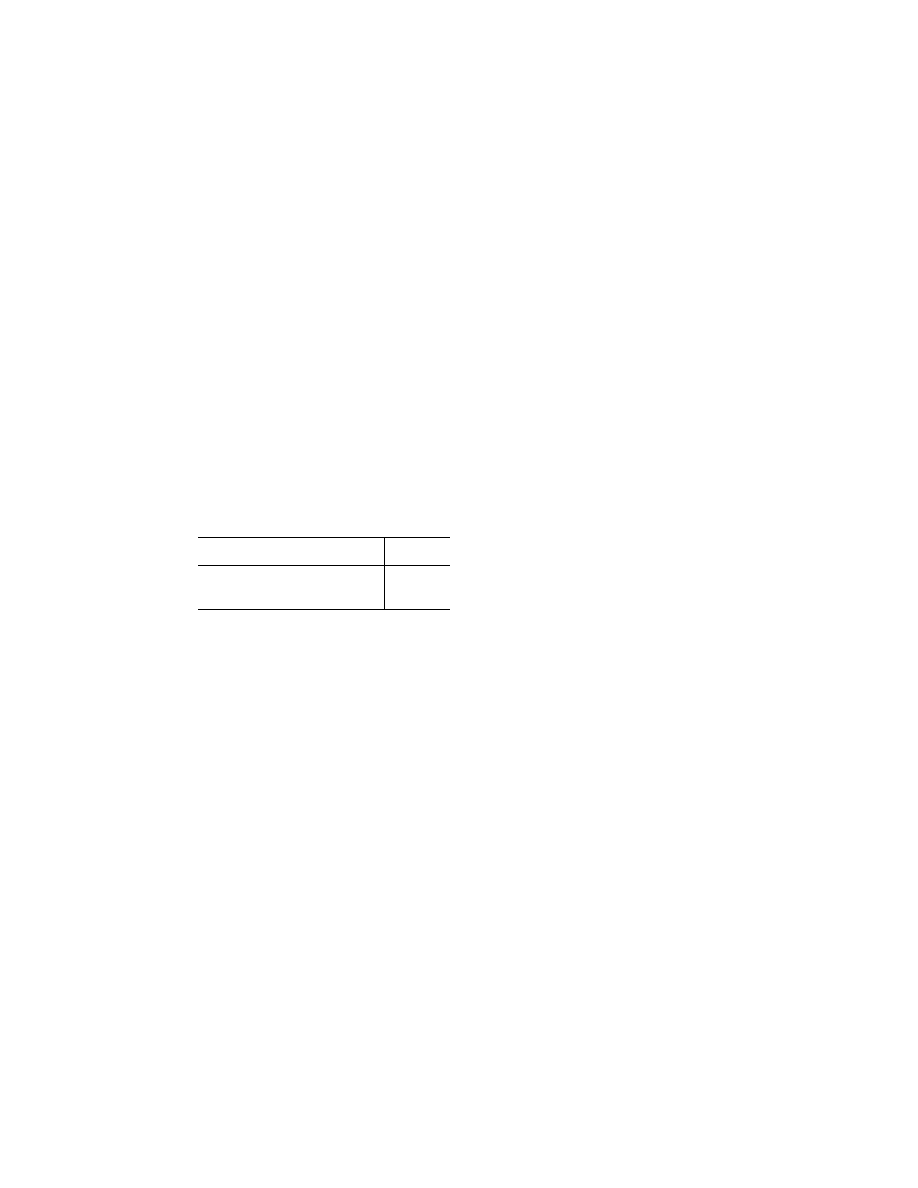
620
14 CFR Ch. I (1–1–24 Edition)
§ 29.853
(b)
Built-in fire extinguishers. If a
built-in fire extinguishing system is re-
quired—
(1) The capacity of each system, in
relation to the volume of the compart-
ment where used and the ventilation
rate, must be adequate for any fire
likely to occur in that compartment.
(2) Each system must be installed so
that—
(i) No extinguishing agent likely to
enter personnel compartments will be
present in a quantity that is hazardous
to the occupants; and
(ii) No discharge of the extinguisher
can cause structural damage.
§ 29.853
Compartment interiors.
For each compartment to be used by
the crew or passengers—
(a) The materials (including finishes
or decorative surfaces applied to the
materials) must meet the following
test criteria as applicable:
(1) Interior ceiling panels, interior
wall panels, partitions, galley struc-
ture, large cabinet walls, structural
flooring, and materials used in the con-
struction of stowage compartments
(other than underseat stowage com-
partments and compartments for stow-
ing small items such as magazines and
maps) must be self-extinguishing when
tested vertically in accordance with
the applicable portions of appendix F
of Part 25 of this chapter, or other ap-
proved equivalent methods. The aver-
age burn length may not exceed 6
inches and the average flame time
after removal of the flame source may
not exceed 15 seconds. Drippings from
the test specimen may not continue to
flame for more than an average of 3
seconds after falling.
(2) Floor covering, textiles (including
draperies and upholstery), seat cush-
ions, padding, decorative and non-
decorative coated fabrics, leather,
trays and galley furnishings, electrical
conduit, thermal and acoustical insula-
tion and insulation covering, air duct-
ing, joint and edge covering, cargo
compartment liners, insulation blan-
kets, cargo covers, and transparencies,
molded and thermoformed parts, air
ducting joints, and trim strips (decora-
tive and chafing) that are constructed
of materials not covered in paragraph
(a)(3) of this section, must be self ex-
tinguishing when tested vertically in
accordance with the applicable portion
of appendix F of Part 25 of this chapter,
or other approved equivalent methods.
The average burn length may not ex-
ceed 8 inches and the average flame
time after removal of the flame source
may not exceed 15 seconds. Drippings
from the test specimen may not con-
tinue to flame for more than an aver-
age of 5 seconds after falling.
(3) Acrylic windows and signs, parts
constructed in whole or in part of
elastometric materials, edge lighted
instrument assemblies consisting of
two or more instruments in a common
housing, seat belts, shoulder harnesses,
and cargo and baggage tiedown equip-
ment, including containers, bins, pal-
lets, etc., used in passenger or crew
compartments, may not have an aver-
age burn rate greater than 2.5 inches
per minute when tested horizontally in
accordance with the applicable por-
tions of appendix F of Part 25 of this
chapter, or other approved equivalent
methods.
(4) Except for electrical wire and
cable insulation, and for small parts
(such as knobs, handles, rollers, fas-
teners, clips, grommets, rub strips, pul-
leys, and small electrical parts) that
the Administrator finds would not con-
tribute significantly to the propaga-
tion of a fire, materials in items not
specified in paragraphs (a)(1), (a)(2), or
(a)(3) of this section may not have a
burn rate greater than 4 inches per
minute when tested horizontally in ac-
cordance with the applicable portions
of appendix F of Part 25 of this chapter,
or other approved equivalent methods.
(b) In addition to meeting the re-
quirements of paragraph (a)(2), seat
cushions, except those on flight crew-
member seats, must meet the test re-
quirements of Part II of appendix F of
Part 25 of this chapter, or equivalent.
(c) If smoking is to be prohibited,
there must be a placard so stating, and
if smoking is to be allowed—
(1) There must be an adequate num-
ber of self-contained, removable ash-
trays; and
(2) Where the crew compartment is
separated from the passenger compart-
ment, there must be at least one illu-
minated sign (using either letters or
symbols) notifying all passengers when
VerDate Sep<11>2014
09:06 Jun 28, 2024
Jkt 262046
PO 00000
Frm 00630
Fmt 8010
Sfmt 8010
Y:\SGML\262046.XXX
262046
jspears on DSK121TN23PROD with CFR
